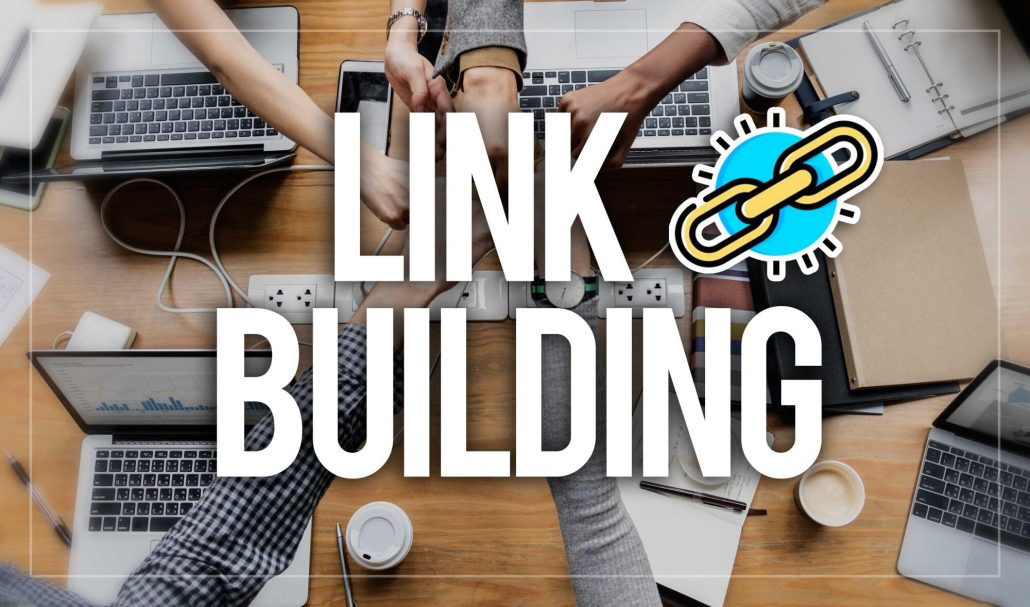Outsourcing Manual Link Building Service for Your Business
Are you embarking on the journey of optimizing your website for search engines? Then you’ve likely come across the term “link building”.
In the search engine optimization (SEO) landscape, link building is a crucial factor. And a manual link building service might just be the strategic advantage you need.
By outsourcing this service, you allow experts to build high-quality, relevant links to your site. This is a process that can boost your online visibility and credibility.
But how do you find the right service? We’ve got you. Read on for a step-by-step guide on how to find the right services.
Look For Experience and Expertise
First off, the provider’s experience and expertise in link building service are pivotal. Engage a service that has been in the SEO scene for a while.
Longevity often equates to a wealth of knowledge and proficiency. They will have developed the insight to recognize which strategies work and which don’t.
Next, evaluate their level of expertise. An adept service will have a team of SEO specialists who are skilled at building high-quality links. They will understand the nuanced differences between good and bad links.
Lastly, ask for case studies or client testimonials. These can provide real-world evidence of their capabilities. For example, a reputable service like LinkDaddy will have no problems sharing the successes they’ve had.
Remember, you’re not just hiring a service. You’re partnering with experts who will play a crucial role in boosting your online visibility. Make your choice wisely.
Consider the Outreach Method They Use
Link building outreach is the process of contacting webmasters and requesting them to link back to your site. It’s a vital aspect of manual link building.
Some providers use automated tools for this process, while others opt for a more personalized approach. The latter is generally more effective as it shows genuine interest in collaborating with other websites.
Ask the service about its outreach method and ensure it aligns with your brand values. You want to avoid any shady practices or spammy tactics. These could potentially harm your website’s reputation.
Gauge Their Transparency and Communication
Transparency and communication are critical when selecting a service. You should be kept in the loop about the strategies implemented. You should know the progress of your campaign and any challenges that may arise.
A reputable service will willingly share these details. This will demonstrate their commitment to transparency.
They’ll keep you updated with regular reports. They will explain the performance of the backlinks on your web pages. They will also inform you of the impact they’re having on your site’s SEO.
Furthermore, communication is key to a successful partnership. You want to work with a responsive service. They should be readily available to answer your queries.
Whether it’s through email, phone, or cloud-based collaboration tools, they should provide a platform for dialogue. This ensures that you’re never left guessing about the status of your link building campaign. You can make informed decisions that best suit your business.
Remember, an excellent service will treat your success as their own. They’ll go beyond simply adding links to web pages. They will strive to add value to your business through strategic SEO practices.
Assess Their Approach to Content
Quality, relevant content is the backbone of a successful link building strategy. A proficient service will understand the importance of this aspect. They will have a structured approach to it.
For instance, they might create unique, insightful content that aligns with your brand. They may also reach out to high-authority websites to publish this content with a backlink to your site. A backlink from a high-quality post on a high-authority domain can significantly boost your SEO.
Suppose they’re writing a blog post about the latest developments in cloud technology. They won’t merely discuss the topic in general terms. Instead, they’ll delve into specific issues. Maybe they’ll even discuss how cloud technology can enhance data security. They will ensure this content is linked back to your site, specifically to a page where you offer cloud services.
The idea is to create content that has real value for readers and is relevant to your industry and business. This strategy can help you build a robust link profile. It can boost your online visibility. It can establish your brand as an authority in the field.
Examine Their Pricing Structure
While your budget is a significant consideration, it’s crucial to remember that cheaper isn’t always better. Beware of services offering extremely low prices as this often translates to low-quality work. Instead, focus on understanding the value you’re getting for your investment.
Ask potential service providers to detail their pricing model. Do they charge per link, or is it a monthly retainer? What do their packages include, and what costs extra? Are there any hidden charges you should be aware of?
High-quality services often justify their fees by providing comprehensive packages. They not only include link building but also content creation, keyword research, and regular reporting. They might also offer to create videos, a now vital approach in today’s digital marketing landscape.
Remember to ensure the pricing aligns with the level of service you’re getting. You’re investing in the growth and visibility of your business. So it’s essential to find a service that provides excellent value for your investment.
Check Their Understanding of Your Industry
Understanding the intricacies of your industry is an essential quality in a link building service. This knowledge allows the service to target the most relevant sites. It helps them create meaningful content. It allows them to implement effective strategies tailored to your specific market.
When considering a service, inquire about their previous work in your industry. Have they worked with similar businesses? Do they understand the unique challenges and opportunities your industry presents?
A service that understands your industry can help you navigate the competitive digital landscape. They can ensure that the links they build are not just numerous, but also valuable and impactful.
Manual Link Building Service: A Strategic Advantage
A manual link building service can be a crucial strategic advantage to your business. It can help you establish online credibility and improve your SEO. But not all services are equal.
So carefully evaluate potential providers thoroughly. With the right partner by your side, you can achieve lasting success in the competitive online world.
Remember, success favors those who make informed decisions. Good luck!
Did you find this article helpful? If so, check out the rest of our site for more.





